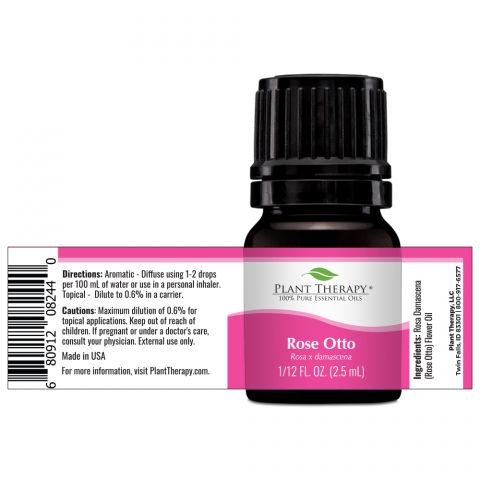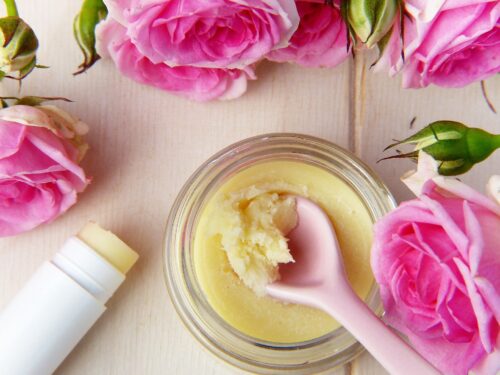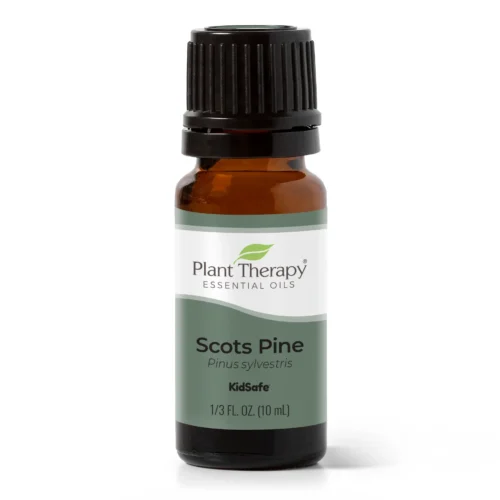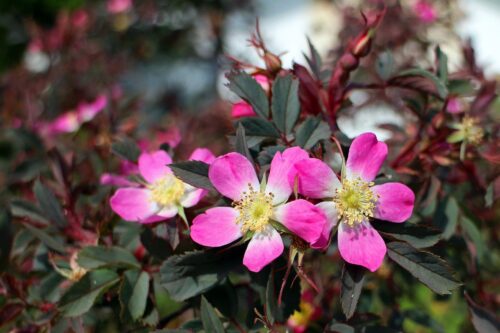
Rose Buds, Petals & Hips
Rose (Rosa centifolia) is used in the traditional Ayurvedic system of medicine for managing various diseases.
Rose powder or petal jam is useful in managing digestive problems like hyperacidity and diarrhea due to its anti-inflammatory properties.
Rose tea is useful for soothing digestive tract, calming the mind and reducing internal inflammation.
Rose oil in a diffuser can help calm and soothe the senses as its fragrance is a powerful mood enhancer.

Benefits of Consuming Roses
Chronic Disease due to oxidative stress. This is caused by free radicals, which are natural byproducts of cellular metabolism that can cause healthy cells to mutate. By increasing the number of antioxidants in our body, including myrcene, quercetin, and myrcene from rose tea, it is possible to lower your risk of experiencing some chronic health conditions.
Diarrhea is due to the consumption of contaminated food and water. Apart from this, weak digestive fire is also one of the reasons behind diarrhea. All these factors are responsible for irritating the digestive tract and increasing peristalsis.
Hyperacidity means an increased level of acid in the stomach. An aggravated Pitta impairs the digestive fire, leading to improper digestion of food. Regular intake of Rose powder helps to reduce the acid level in the stomach.
Low Mood due to stress or depression. The naturally uplifting quality of rose tea makes this an excellent choice for those who are feeling down, depressed, or overly stressed.
Menorrhagia: Heavy menstrual bleeding due to hormonal aggravation or imbalance. Rose helps to bring balance to hormonal secretions and reduce menstrual bleeding.
Respiratory Distress: Commonly prescribed or recommended for soothing the respiratory tract, lungs, and throat rose tea is an excellent choice if you are struggling with a cold or flu. It also helps to expel mucus and phlegm, which is where bacteria and other pathogens can live and thrive.
Sexual Dysfunction: in men can be in the form of loss of libido i.e. having no inclination towards a sexual act. There can also be a low erection time or semen expelled soon after a sexual activity. This is also referred to as ‘early discharge’ or premature ejaculation. Intake of Rose products helps in proper functioning of male sexual performance.
Sleep Disorders: The natural sedative property of rose tea makes it a wonderful beverage to finish a night, allowing it to reduce stress, and regulate sleep patterns and Circadian rhythm. If you suffer from insomnia, or regularly have disturbed or interrupted sleep, try this tea before going to bed.
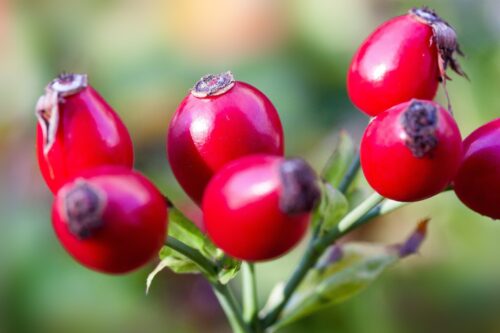
Benefits of Consuming Rose Hips
Aging skin: Early research shows that taking rose hip powder helps to reduce wrinkles and improve skin quality in aging adults.
Menstrual cramps (dysmenorrhea): Early research shows that taking rose hip extract might help to reduce pain from menstrual cramps.
Osteoarthritis: Most research shows that taking rose hip by mouth can reduce pain and stiffness and improve function in people with osteoarthritis.
Pain after surgery: Some research shows that taking a single dose of rose hip extract immediately prior to a C-section helps to reduce pain and the need for pain medications after surgery.
Rheumatoid arthritis (RA): Early research shows that taking rose hip by mouth improves some symptoms of RA.
Urinary tract infections or UTIs: Early research shows that taking rose hip powder after a C-section might lower the chance of having bacteria in the urinary tract.
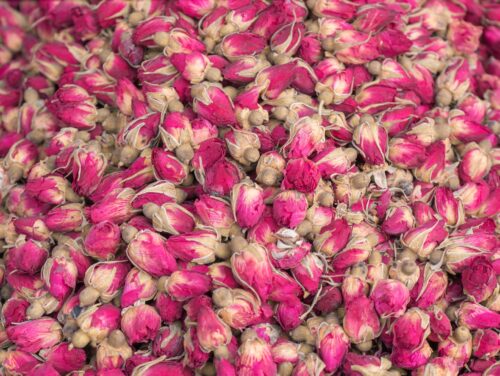
Recommended Dosage of Rose Products
Rose Powder – ¼ to ½ teaspoon twice a day. Add to milk or water and have it on an empty stomach. Use it once or twice a day to get rid of acidity.
Rose Capsule – 1-2 capsules twice a day. Take 1-2 Rose capsules. Swallow it with water or milk after taking food twice a day.
Rose Jam – ¼ to ½ teaspoon twice a day
Rose Juice – 2-3 teaspoons twice a day.
Rose Leaves – Take 2-4 leaves of Rose. Chew them preferably in the morning to get rid of mouth ulcers.
Rose Tea – 1 tsp rose powder or 1 tbsp rose petals/buds boiled in 8oz water for 3 min.
Rose Water – 2-3 teaspoons twice a day.

Medication Interactions with Roses
Aluminum interacts with ROSE HIP: Aluminum is found in most antacids. Rose hips contain vitamin C. Vitamin C can increase how much aluminum the body absorbs. But it is not clear if this interaction is a big concern. Take rose hip two hours before or four hours after antacids.
Estrogens interacts with ROSE HIP: Rose hip contains a large amount of vitamin C. Vitamin C can increase how much estrogen the body absorbs. Taking rose hip along with estrogen can increase the effects and side effects of estrogens. Some estrogen pills include conjugated equine estrogens (Premarin), ethinyl estradiol, estradiol, and others.
Fluphenazine (Prolixin) interacts with ROSE HIP: Rose hip contains vitamin C. Large amounts of vitamin C might increase how quickly the body gets rid of fluphenazine (Prolixin). Taking rose hip along with fluphenazine (Prolixin) might decrease the effectiveness of fluphenazine (Prolixin).
Warfarin (Coumadin) interacts with ROSE HIP: Warfarin (Coumadin) is used to slow blood clotting. Rose hip contains vitamin C. Large amounts of vitamin C might decrease the effectiveness of warfarin (Coumadin). Decreasing the effectiveness of warfarin (Coumadin) might increase the risk of clotting. Be sure to have your blood checked regularly. The dose of your warfarin (Coumadin) might need to be changed.
Lithium interacts with ROSE HIP: Rose hip might have an effect like a water pill or “diuretic.” Taking rose hip might decrease how well the body gets rid of lithium. This could increase how much lithium is in the body and result in serious side effects. Talk with your healthcare provider before using this product if you are taking lithium. Your lithium dose might need to be changed.
Aspirin interacts with ROSE HIP: The body breaks down aspirin to get rid of it. Rose hip contains large amounts of vitamin C. Large amounts of vitamin C might decrease the breakdown of aspirin. Taking large amount of rose hip along with aspirin might increase the effects and side effects of aspirin. Do not take large amounts of vitamin C if you take large amounts of aspirin.
Choline Magnesium Trisalicylate (Trilisate) interacts with ROSE HIP: Rose hip contains vitamin C. Vitamin C might decrease how quickly the body gets rid of choline magnesium trisalicylate (Trilisate). But it is not clear if this interaction is a big concern.
Salsalate (Disalcid) interacts with ROSE HIP: Rose hip contains vitamin C. Vitamin C might decrease how quickly the body gets rid of salsalate (Disalcid). Taking rose hip along with salsalate (Disalcid) might increase the effects and side effects of salsalate.



